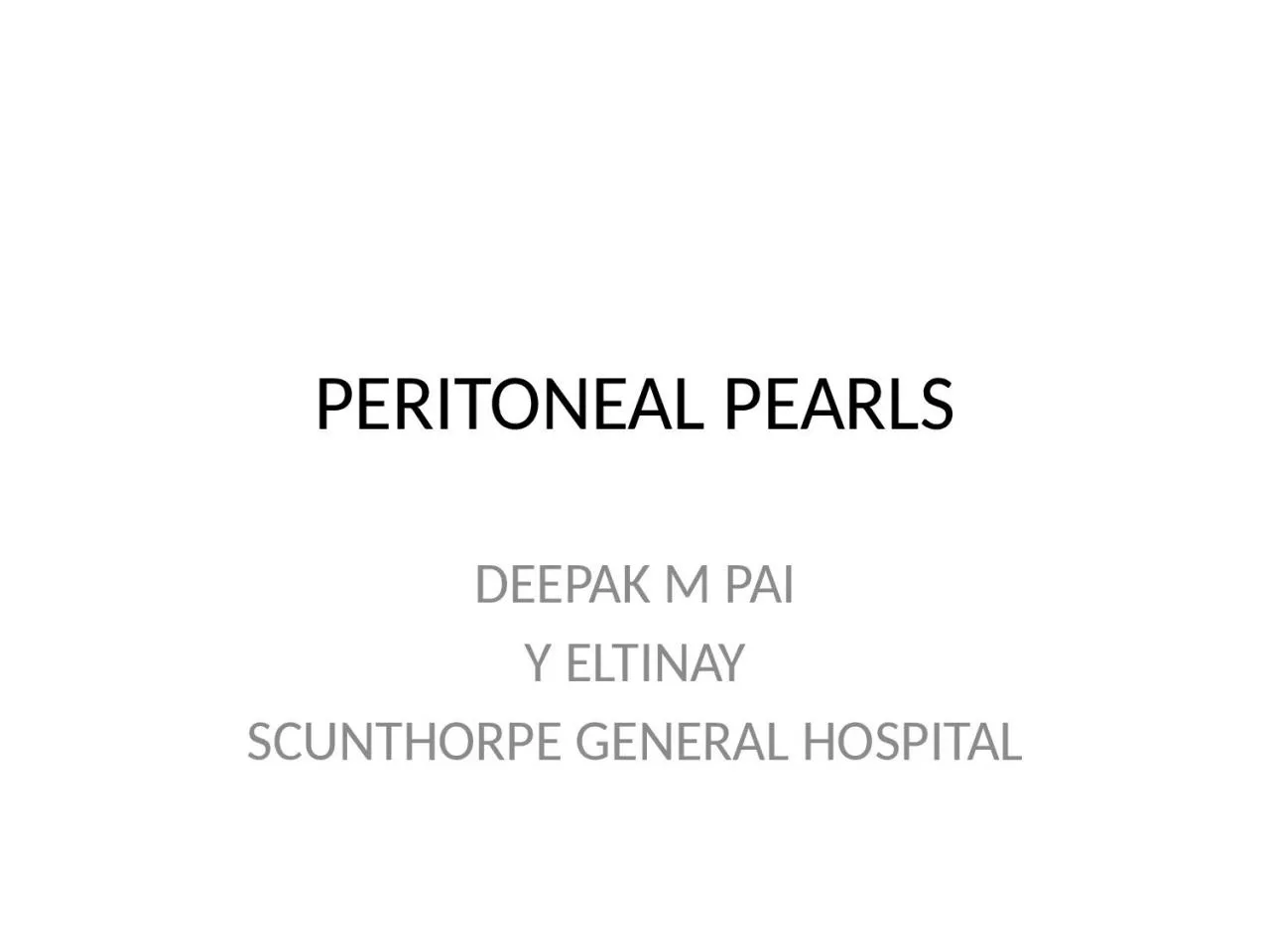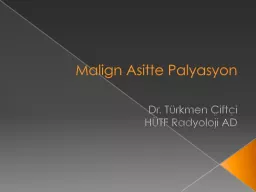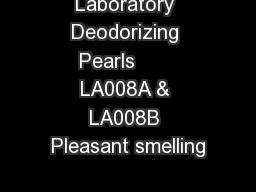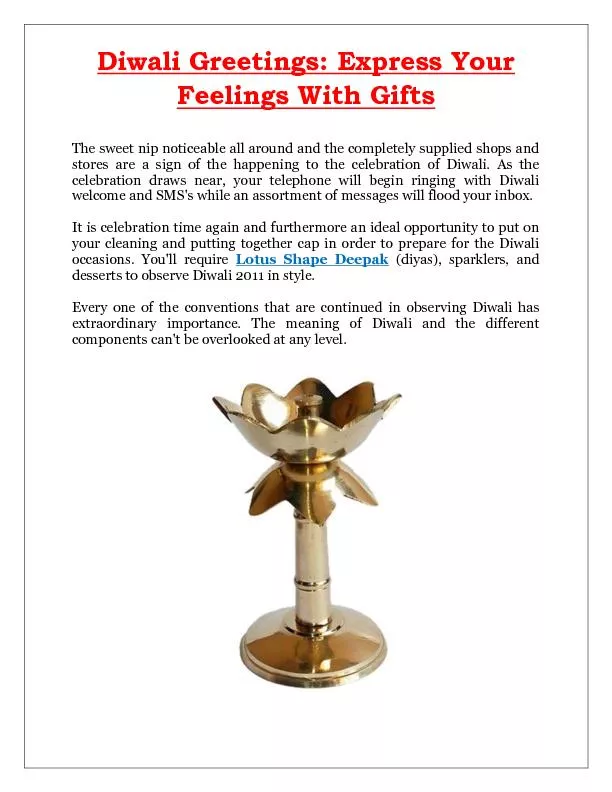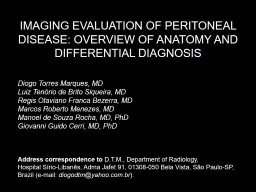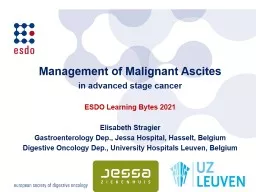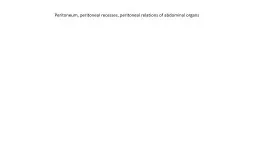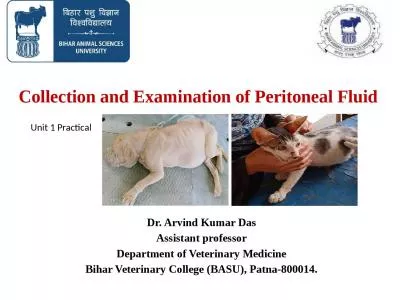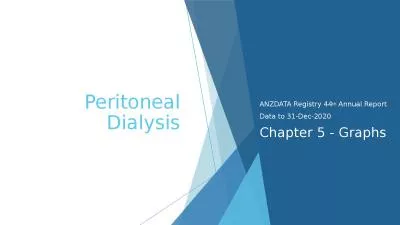PPT-PERITONEAL PEARLS DEEPAK M
Author : CitySlicker | Published Date : 2022-08-03
PAI Y ELTINAY SCUNTHORPE GENERAL HOSPITAL HISTORY 45 years old male had CT KUB with ho haematuria No renal stones but incidental lesions were identified within
Presentation Embed Code
Download Presentation
Download Presentation The PPT/PDF document "PERITONEAL PEARLS DEEPAK M" is the property of its rightful owner. Permission is granted to download and print the materials on this website for personal, non-commercial use only, and to display it on your personal computer provided you do not modify the materials and that you retain all copyright notices contained in the materials. By downloading content from our website, you accept the terms of this agreement.
PERITONEAL PEARLS DEEPAK M: Transcript
Download Rules Of Document
"PERITONEAL PEARLS DEEPAK M"The content belongs to its owner. You may download and print it for personal use, without modification, and keep all copyright notices. By downloading, you agree to these terms.
Related Documents

